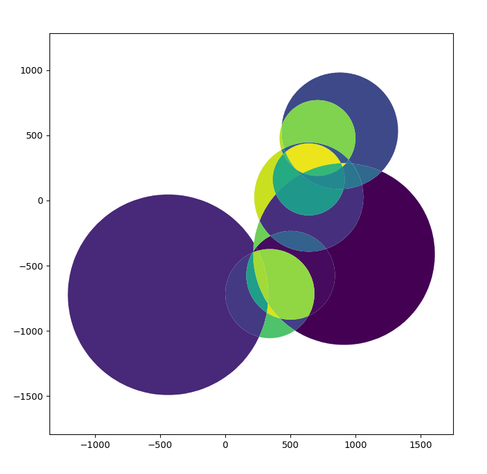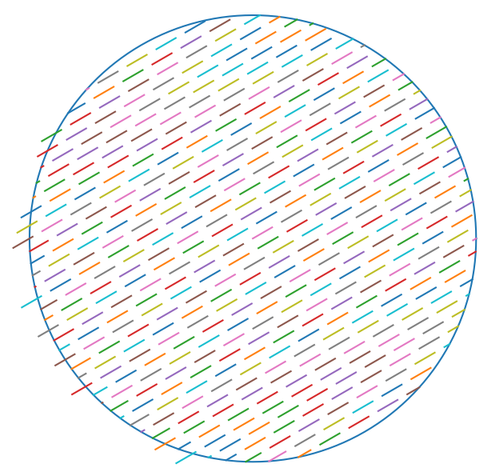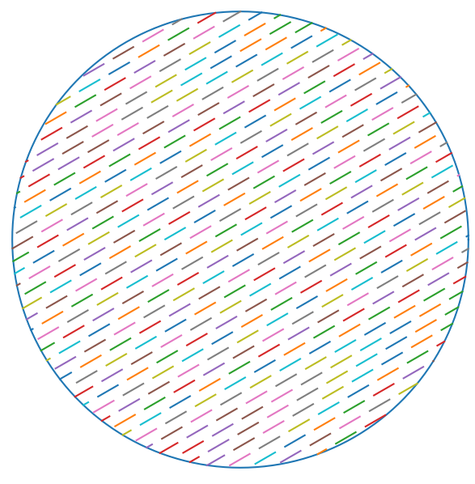I'm not sure what the correct algorithm is, but here's what I did: For each input circle 'ci', start by creating a set of boundaries that just consists of that circle {ci}.
Then, for each circle cj ≠ ci, update the set, replacing a set element e with e & ci (the intersection) and e - ci (the difference) of the shapes. In the end, this gives all the subdivisions of the original circle ci.
The final output is set of all subdivisions created in this way.
I don't know if this process will be fast enough for my ultimate goals (hundreds of circles but not thousands); the first optimization would be a sweep-line algorithm to avoid considering many circle pairs.
The most obvious optimization to make would be to use a sweep-line algorithm to avoid useless intersection/difference operations.



